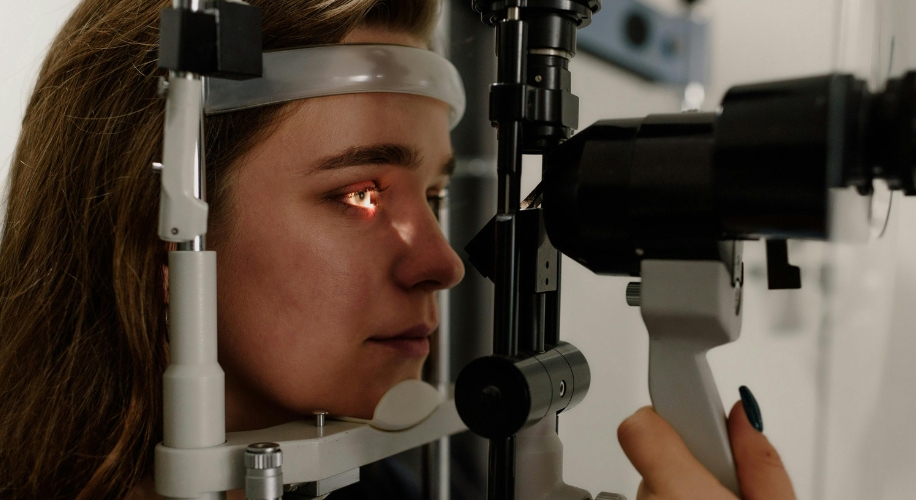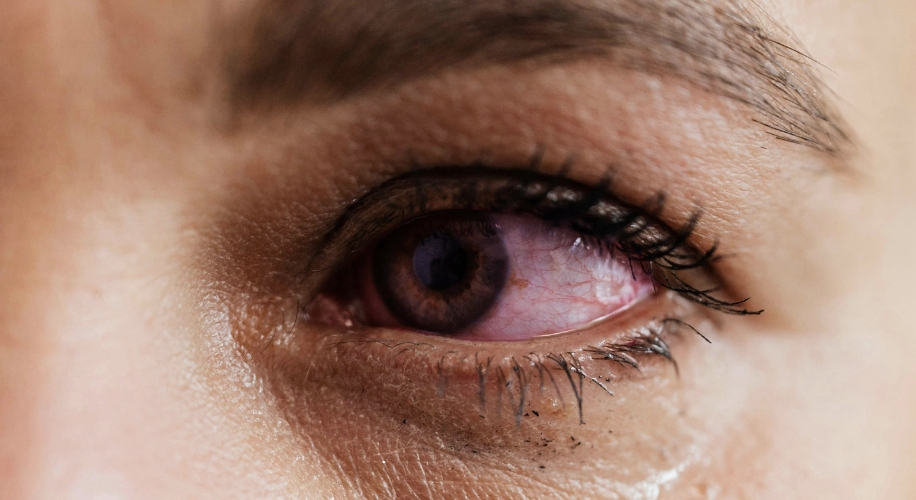Navigating Pink Eye: Symptoms, Causes, and Treatments
Conjunctivitis, commonly known as pink eye, is a condition that affects the thin, transparent layer of tissue covering the inner surface of the eyelid and the white part of the eyeball. This condition can cause discomfort and is highly contagious in certain forms. Understanding its symptoms, causes, and treatments is crucial for managing and preventing its spread.
What is Conjunctivitis?
Conjunctivitis occurs when the conjunctiva becomes inflamed due to infection, irritation, or an allergic reaction. This inflammation causes the blood vessels in the eye to swell, making the eye appear pink or red, hence the term “pink eye.”
Types of Conjunctivitis
Viral Conjunctivitis
- Symptoms: Watery discharge, redness, discomfort, often associated with respiratory infections.
- Causes: Common cold viruses, adenovirus.
- Treatment: Typically resolves on its own within 1-2 weeks. Symptomatic relief with cold compresses and artificial tears.
Bacterial Conjunctivitis
- Symptoms: Yellow or green discharge, eyelids sticking together, redness.
- Causes: Bacteria such as Staphylococcus aureus, Streptococcus pneumoniae.
- Treatment: Antibiotic eye drops or ointment prescribed by a healthcare provider.
Allergic Conjunctivitis
- Symptoms: Itching, tearing, redness, often accompanied by other allergic symptoms like sneezing and runny nose.
- Causes: Allergens such as pollen, pet dander, dust mites.
- Treatment: Antihistamine eye drops, avoiding allergens where possible.
Prevention and Hygiene
- Good Hygiene: Wash hands frequently, avoid touching eyes with unwashed hands.
- Avoidance: Stay away from individuals with conjunctivitis, avoid sharing towels or pillows.
- Protection: Use protective eyewear in environments where exposure to irritants or chemicals is possible.
When to Seek Medical Attention
- Severe Symptoms: Intense pain, sensitivity to light, vision changes.
- Prolonged Symptoms: Symptoms lasting longer than 2 weeks or worsening despite treatment.
- Risk Factors: Individuals with weakened immune systems, contact lens wearers.

Your eye care professional can diagnose the type of pink eye and appropriate treatment for effective management and prevention of its spread. By understanding the symptoms, causes, and treatments of conjunctivitis, individuals can take proactive steps to protect their eye health and well-being.
For more eye care tips and insights, stay tuned to our blog for updates and expert advice!






 Canada
Canada